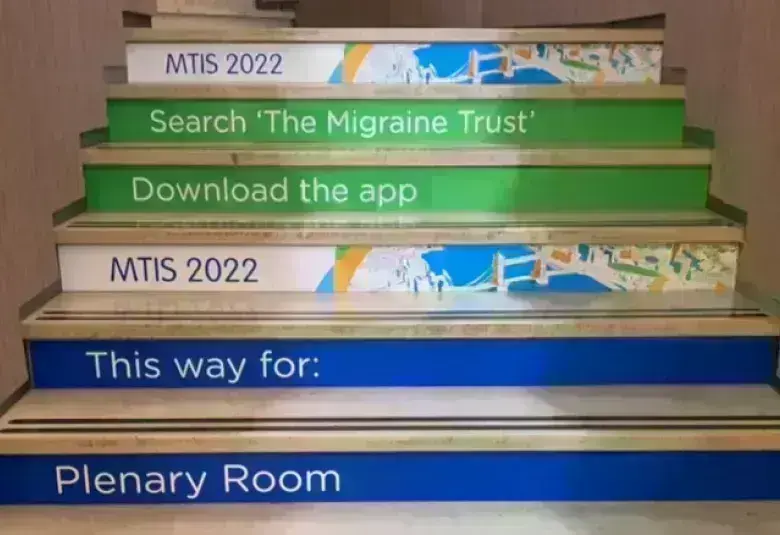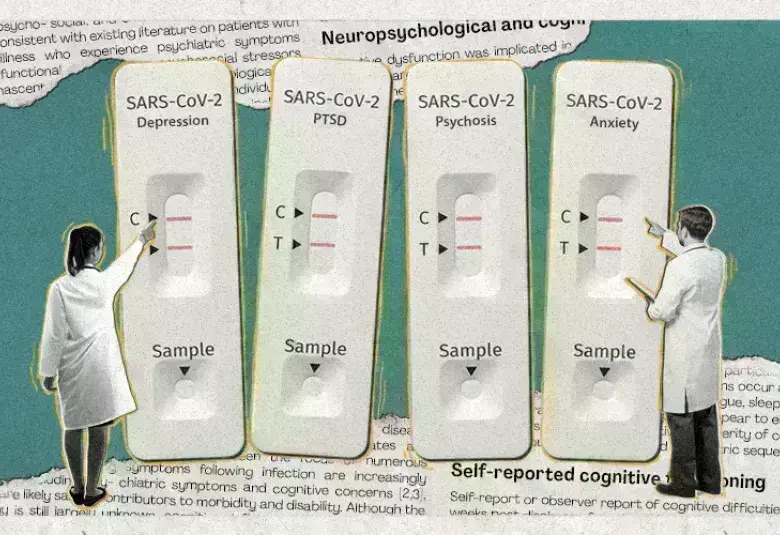Predictive biomarkers for guiding antidepressant treatment selection could be an important tool for optimizing outcomes in major depressive disorder (MDD). The Canadian Biomarker Integration Network in Depression (CAN-BIND) is at the forefront of research to identify and validate clinical, molecular, neuroimaging and electroencephalography (EEG) biomarkers using novel research approaches and platforms. These were showcased by CAN-BIND researchers during a session at the 2024 Canadian Psychiatric Association (CPA) annual conference in Montreal.
For treating MDD, current guidelines recommend initiating an antidepressant, optimizing the dose, and adding an adjunct agent early if there is an inadequate response.1 Approximately two-thirds of MDD patients can achieve a clinical response using this treatment approach,2 but there remains a substantial opportunity to do better for patients living with depression.
One-third of MDD patients fail to achieve a response even after early adjunctive treatment
Predictive biomarkers could help identify patients who are more likely to respond – or to not exhibit a response – to specific treatment strategies. CAN-BIND has spearheaded research into various types of predictors of treatment response including clinical predictors (e.g., presence or absence of interest activity),3 molecular predictors (e.g., metabolic signatures),4 neuroimaging predictors (e.g., hippocampal volume),5 and EEG recordings.6
CAN-BIND research is now evolving beyond biomarker discovery towards testing and validating biomarker candidates using novel clinical trial designs that include broader patient populations that are more representative of real-world clinical populations. For example, ‘master trial protocols’ are overarching protocols that can integrate parallel interventional studies or substudies by using a common control group and a biomarker-defined population.7,8 Importantly, they can evolve in perpetuity because of the shared control arm, with the integration of new interventional arms over time.7 Moreover, if a study arm demonstrates superiority to the control arm, it can become the new standard against which future interventions can be compared.8 Conversely, interventional arms can be stopped for futility, but the other interventions can continue, thus accelerating the pace of research and discovery.
Master trial protocols were developed in oncology and are being implemented across other therapeutic areas including mood disorders research
CAN-BIND has launched a master observational trial platform for mood disorders research called “Enabling Neuroscience research Approaches for Brain, feeLings and Emotions (ENABLE)” funded by the Ontario Brain Institute and Brain Canada. Dr. Benicio Frey, a psychiatrist and professor at McMaster University, described the ENABLE study aims, which are to enroll a broad patient population that includes participants aged 16 and older meeting DSM-5-TR diagnostic criteria for any depressive or bipolar disorder (mood disorder population) and healthy participants aged 16 and older with no history of psychiatric disorder or unstable physical conditions. Throughout the study, clinical phenotyping, neuroimaging, EEG, actigraphy, and molecular testing will be collected for biomarker discovery and clinical trials. So far, the recruitment goal of 40-50 patients per year has been surpassed, with nearly 150 participants enrolled as of October 2024.
Dr. Rudolf Uher, a psychiatrist and professor at Dalhousie University in Halifax, Nova Scotia, is a principal investigator in the OPTIMUM-D trial that is part of the ENABLE master trial platform. This is a biomarker-based trial of personalized treatment for MDD that is examining the important question of whether some patients would benefit from initiating combination treatment of a 1st-line antidepressant plus a 1st-line adjunct agent with a different mechanism of action (i.e., an atypical antipsychotic). The study will use a predictive allocation model based on earlier CAN-BIND research suggesting that patients with low interest activity (i.e., anhedonia) and specific EEG parameters are less likely to respond to selective serotonin reuptake inhibitor (SSRI) monotherapy.
OPTIMUM-D will answer whether starting antidepressants + atypical antipsychotics (AAP) is more effective in selected patients than antidepressant monotherapy
OPTIMUM-D will randomize patients with moderate to severe MDD into four treatment arms, two using the predictive biomarker and two using traditional random allocation. In each stream, patients will be randomized to either SSRI monotherapy or SSRI + AAP adjunct. The primary clinical outcome is change in depressive symptoms using the MADRS score after 8 weeks, but several other outcome measures are being collected including actigraphy, molecular biomarkers, speech biomarkers, and multimodal measures (e.g., EEG + speech specific symptoms).
Dr. Uher concluded that the OPTIMUM-D study design will help answer whether personalized allocation improves outcomes above and beyond what can be achieved with combined treatment. Other unique features of the study are that treatment arms will be unblinded after 8 weeks with the opportunity to optimize treatment for an additional 4 weeks, and patients will be followed up for 18 months to monitor whether patients who responded maintained their response and whether there are any predictors of relapse.
So far, 68 participants have been randomized and 56 have completed the study, with the goal of enrolling 600 patients by March 2028.
Our correspondent’s highlights from the symposium are meant as a fair representation of the scientific content presented. The views and opinions expressed on this page do not necessarily reflect those of Lundbeck.




